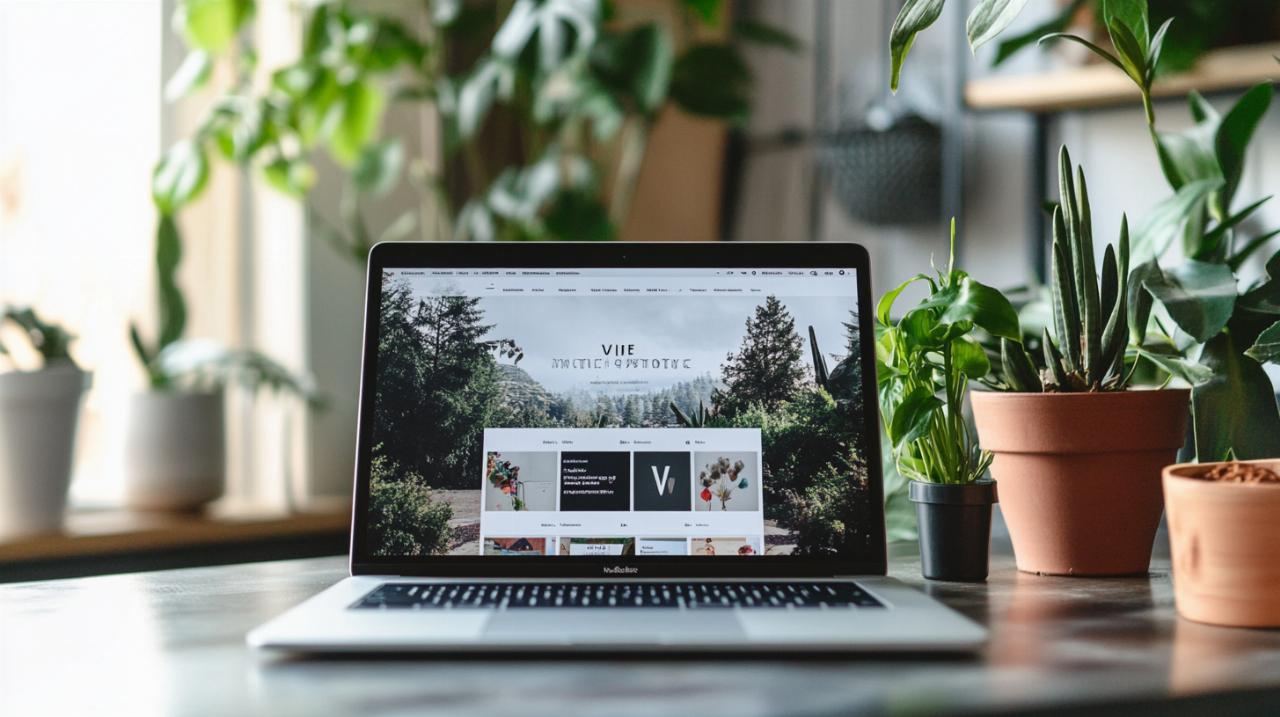Selling pre-loved fashion items has become increasingly popular, and Vinted stands as one of the leading platforms for buyers and sellers alike. With millions of users trading garments daily, standing out in this bustling marketplace requires more than just listing a few items. Understanding how to present yourself, engage with potential buyers, and streamline your processes can make all the difference. Whether you're clearing out your wardrobe or building a side business, refining your approach can transform casual listings into consistent sales.
Optimising your profile for maximum impact
Creating a Professional Profile Picture and Bio
Your profile serves as the first impression for potential buyers, and establishing credibility begins with a well-crafted presence. Selecting a username that is both memorable and professional sets the tone for your interactions. Avoid overly complex or random combinations of letters and numbers, opting instead for something that reflects either your personality or your fashion niche. Once you've settled on a name, adding a clear profile picture helps humanise your account. This doesn't need to be a formal headshot, but it should be a friendly, recognisable image that buyers can associate with their positive shopping experience.
Equally important is the description section, where you can share your fashion preferences, selling philosophy, or simply a warm greeting. To optimize your vinted account settings now, take a moment to review this section and ensure it communicates trustworthiness and approachability. Mentioning your commitment to accurate descriptions, prompt postage, or eco-friendly packaging can reassure buyers that they're dealing with a reliable seller. Regularly updating your contact information and delivery preferences ensures smooth transactions, while keeping an eye on your ratings and reviews allows you to address any concerns promptly and maintain a positive reputation.
Building trust through social media integration
In an era where digital presence extends across multiple platforms, connecting your social media accounts to your Vinted profile can significantly enhance buyer confidence. When potential customers see that you maintain an active presence elsewhere, it adds a layer of authenticity and transparency. This doesn't mean you need to share every personal detail, but linking a professional Instagram account showcasing your fashion sense or even a Facebook profile can help buyers feel more comfortable. The logic is simple: someone who is willing to be visible across platforms is less likely to engage in questionable practices.
Beyond just linking accounts, consider how your broader online persona aligns with your Vinted shop. If you regularly post outfit inspiration or styling tips on social media, mentioning this in your bio can attract like-minded buyers. Building trust isn't just about what you sell, but how you present yourself as a member of the second-hand fashion community. Fair business practices, such as treating every buyer with respect and fulfilling commitments, form the foundation of long-term success. Establishing clear return policies and being open to negotiation while remaining firm on product authenticity helps create relationships based on successful transactions and positive feedback.
Mastering product listings and customer engagement

Crafting compelling descriptions with quality photography
The visual appeal of your listings cannot be overstated, as quality photography often determines whether a buyer clicks on your item or scrolls past. Using natural light is one of the most effective techniques for capturing your garments in their best light. Position items near a window during daylight hours, ensuring the fabric's true colour and texture are visible. Plain backgrounds work wonders for keeping the focus on the product itself, avoiding any distractions that might detract from the item's features. Whether you choose to display clothing on a hanger, mannequin, or model it yourself, consistency in presentation helps create a professional portfolio.
When photographing, show the entire garment from multiple angles, paying special attention to any unique details or embellishments. If you're listing multiple items in a single photo, clearly indicate which piece is for sale to avoid confusion. Honesty is paramount, so photograph any defects, stains, or wear marks. Buyers appreciate transparency and are more likely to complete a purchase when they know exactly what to expect. Once you've captured the perfect images, turn your attention to the written description. Use engaging language that describes not just the physical attributes but also the potential styling opportunities. Include relevant keywords naturally throughout your text to help items appear in searches, mentioning the brand, size, material, condition, and any measurements that might assist buyers in making informed decisions.
Streamlining postage options and response times
Efficient customer service can transform a one-time buyer into a repeat customer, and responsiveness plays a crucial role in this process. Answering questions quickly demonstrates professionalism and keeps potential buyers engaged before they lose interest or find alternatives. When someone enquires about an item's fit, condition, or availability, a prompt and polite reply can be the deciding factor in securing a sale. Beyond communication, offering various shipping options caters to different buyer preferences and budgets. Some customers prioritise speed and security, opting for tracked delivery, while others prefer standard post to save on costs. Providing both choices, along with clear information about shipping times and packaging methods, helps set appropriate expectations.
Strategic pricing remains a cornerstone of successful selling, and researching similar sold items gives you insight into current market value. Consider factors such as condition, brand recognition, seasonal demand, and the item's rarity when setting your price. Listing items slightly lower than comparable pieces can attract attention, while psychological pricing tricks, such as using nineteen pounds ninety-nine instead of twenty pounds, make prices appear more appealing. Bundle discounts encourage larger purchases, with incentives like ten percent off two or more items proving particularly effective. Timing your listings also matters, with evenings after seven being prime browsing hours and the week following payday seeing heightened sales activity. Popular paydays include the last working day of the month, the twenty-fifth, twenty-eighth, and fifteenth, so planning your uploads around these dates can maximise visibility. Regularly updating your wardrobe with new listings and listing items little and often, perhaps three or four pieces each evening, keeps your shop fresh and visible in search results.
Understanding the legal aspects of selling second-hand items protects both you and your buyers. Consumer protection laws often grant buyers the right to return items that don't match descriptions or have undisclosed defects, so accuracy in your listings is essential. Using secure payment methods and reliable delivery services with tracking minimises disputes and provides peace of mind for both parties. Packing items carefully to prevent damage during transit demonstrates your commitment to quality service. While there's no new tax rule specifically for selling unwanted items online, HMRC guidelines state that if you purchase goods to resell for profit and earn over one thousand pounds annually, you may need to declare this income. Staying informed about tax regulations ensures you remain compliant as your Vinted activity grows. Ultimately, success on Vinted comes from a combination of strategic listing practices, excellent customer service, and maintaining fair business standards that foster trust and encourage positive feedback across the platform.




